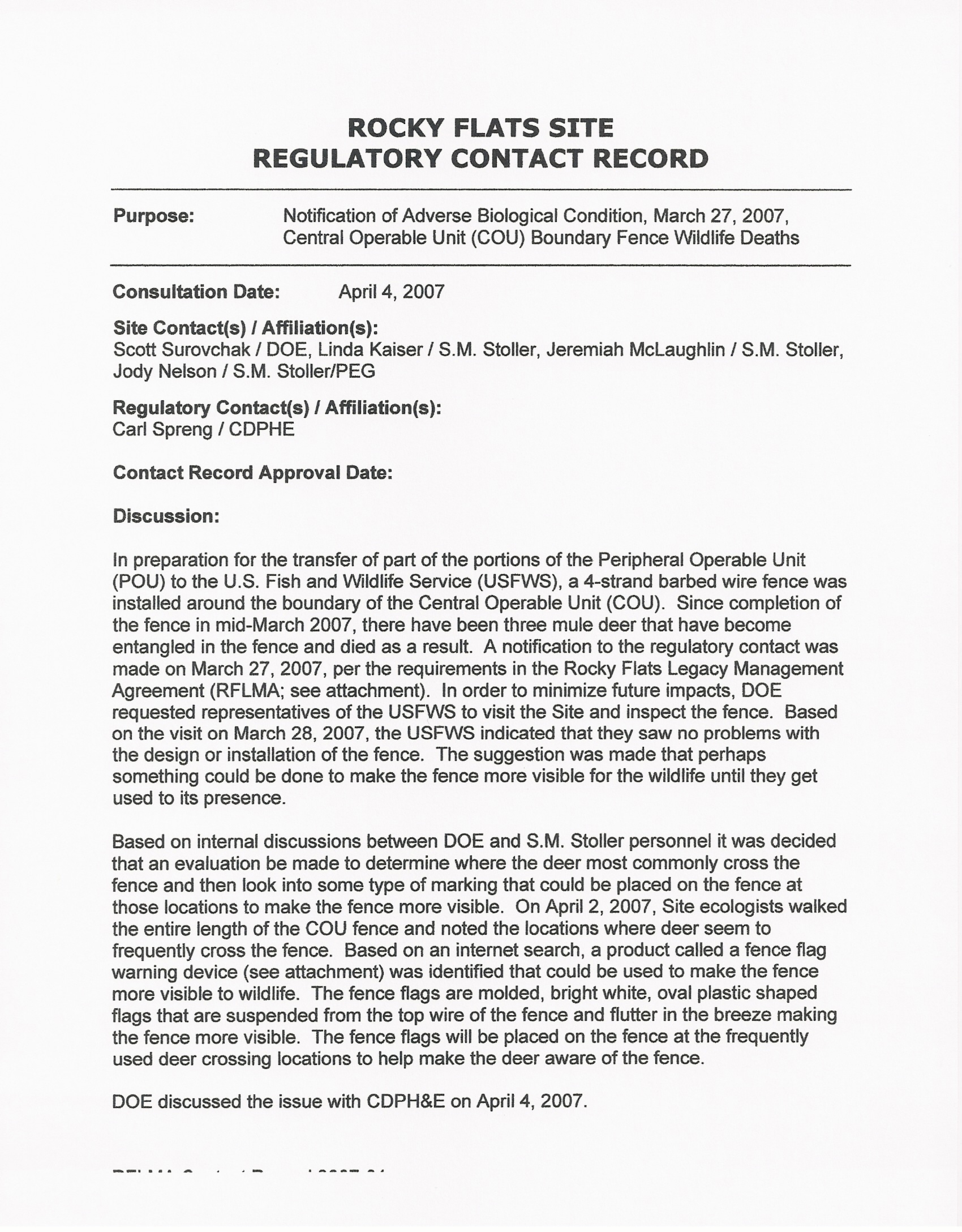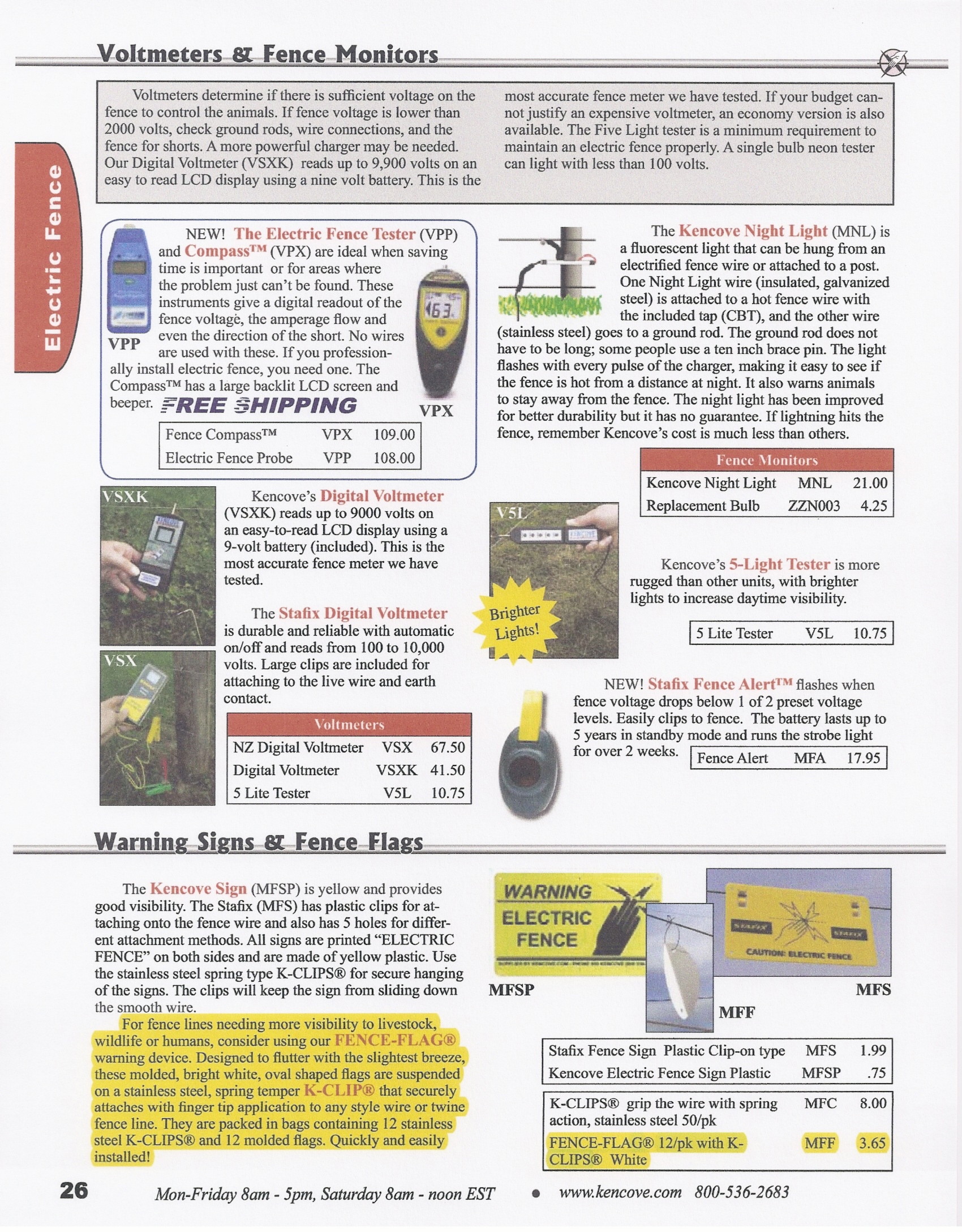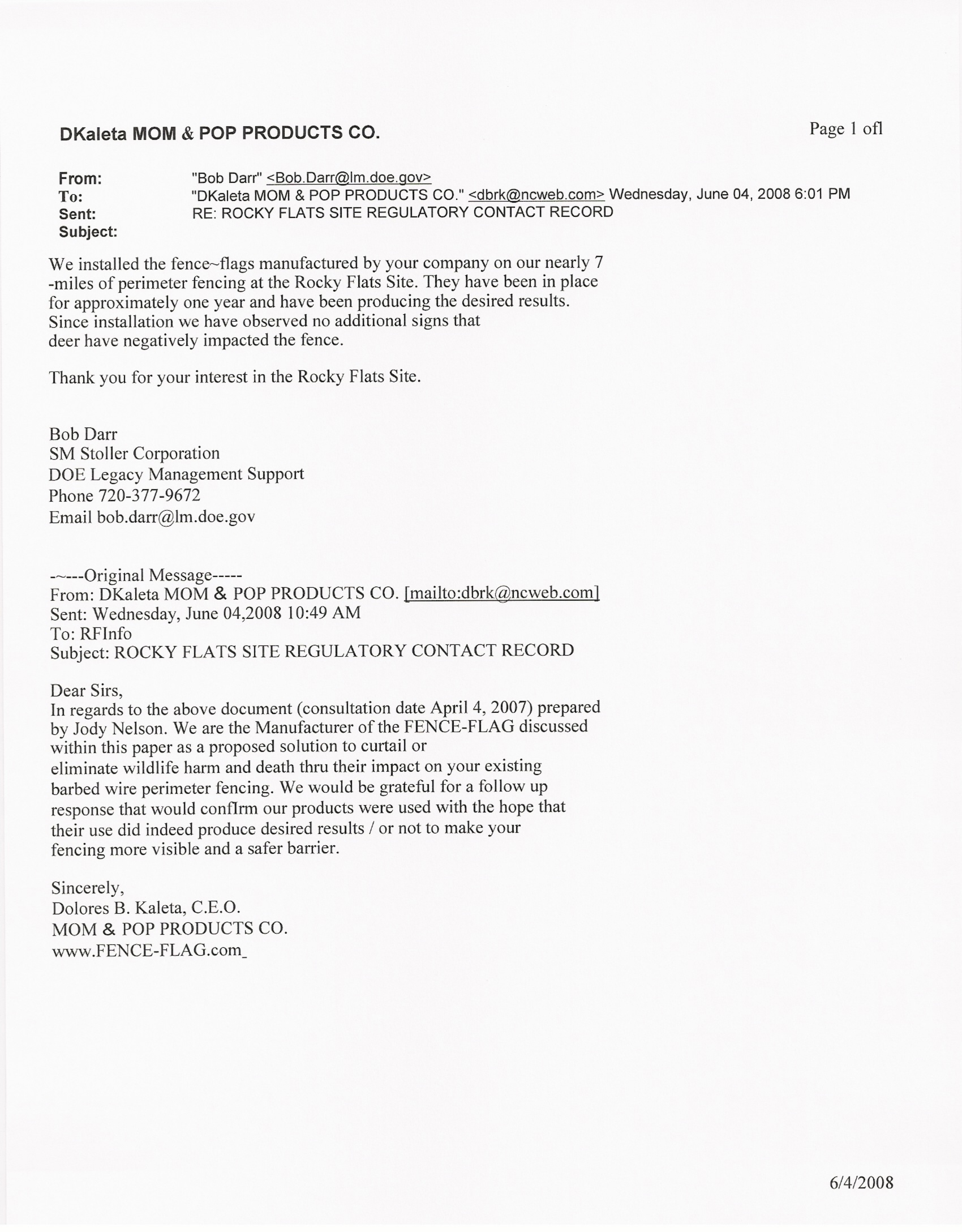



Rick DiSalvo provided an update on the status of the CWQCC hearings on the uranium standard
at Rocky Flats. A hearing is scheduled for January 2009. The site has petitioned to adopt the
statewide basic uranium standard (MCL 30ug/L ~ 20 pCi/L). This would eliminate the existing
site specific standards (10 pCi/L Walnut Creek; 11 pCi/L Woman Creek). There is also a
review, with hearings in December 2007 and December 2008, regarding the expiring Temporary
Modifications (TM) at Rocky Flats. No changes to current Rocky Flats TMs were proposed by
CDPHE. The current TMs expire on 12/31/09.
These reviews are part of the Triennial Review of the South Platte River Basin. An Issue
Scoping hearing was held in October. Scoping issues identified included temporary
modifications and the uranium standard. An Issues Formulation hearing is scheduled for
November 2008, and a Rulemaking hearing for June 2009. The site is gathering additional data,
in conjunction with Los Alamos National Lab (LANL), to show that the uranium being found
onsite is predominantly naturally-occurring. Results are expected back from LANL before the
end of the year. The CWQCC is charged with reviewing any temporary modifications that are
expiring within two years. The uranium issue may be handled as a separate issue or be rolled into
the triennial review. They will look at the data and see what makes sense.
EPA has developed a new methodology for measuring metals. However, it will take time to set
up to do this. The State may adopt this methodology in upcoming years. Also, the new
statewide standard for arsenic is below the Rocky Flats site specific standard. Jo Ann Price
asked how hard it is to determine naturally-occurring uranium. Rik Getty said this is what
LANL has been brought in to work on, as they have a one of a kind laboratory to do this type of
analysis. The site is waiting for first round of samples to see if they need to send more.
Ecological Monitoring
Jody Nelson presented an update on ecological monitoring during the second quarter.
Regulatory requirements for the quarter included support on the Water Measurement Flume
Replacement Project, and monthly vegetation surveys on the OLF and PLF. Also, a contact
record was submitted to CDPHE after three deer were killed on the new COU fence. After the
placement of fence flags on the fence no further incidences have been recorded. Project support
was provided during planning of the upcoming Roads III project, Functional Channel 1/B371
excavation/fill project, Solar Ponds Potholing project, and the annual dam mowing and riprap
spraying project.
Second quarter projects also included continued erosion control surveys for evaluation in
Preble’s mouse mitigation areas and other revegetation locations. Several areas were reseeded
by hand/ATV broadcasting to improve the stand of vegetation at these locations. Several small
fixes to the erosion controls were made at various locations as needed. Approximately 405 acres
of native grassland and revegetation areas were sprayed in during the 2nd quarter of 2007 to
control noxious weeds. Weeds treated include: diffuse knapweed, Scotch thistle, Canada thistle,
common mullein, musk thistle, Russian knapweed, kochia, Russian thistle, yellow sweet clover,
and tall mustard. Additional locations may be treated this fall. Treatment location maps and
additional information will be included in the Annual Report.
Rocky Flats Stewardship Council
November 5, 2007, Board of Directors Meeting Minutes -- FINAL
6

|
|
||
 |
||
| NEWS
MEDIA CONTACT: Megan Barnett, (202) 586-4940 |
FOR IMMEDIATE RELEASE
Thursday, July 12, 2007 |
|
|
DOE's Former Rocky Flats Weapons Production
Site
To Become National Wildlife Refuge |
||
|
|
||
|
|
||
|
WASHINGTON, DC – The U.S. Department of Energy (DOE) today announced the transfer of nearly 4,000 acres of its former Rocky Flats nuclear weapons production site to the Department of the Interior’s (DOI) U.S. Fish and Wildlife Service (FWS) for use as a National Wildlife Refuge. After more than a decade of environmental cleanup work, the transfer creates the Rocky Flats National Wildlife Refuge, 16 miles northwest of Denver, Colorado, and marks completion of the regulatory milestones to transform a formerly contaminated site into an environmental asset. “The Department of Energy’s environmental cleanup of the Rocky Flats weapons production reservation exemplifies the Bush Administration’s commitment to turn contaminated sites into public assets for future generations,” Assistant Secretary of Energy for Environmental Management James Rispoli said. “We are proud to transfer this space to the U.S. Department of Interior and we will continue with plans to complete environmental cleanup work at five more sites across the country by 2009.” From 1951 until 1989 the Rocky Flats Plant manufactured the trigger mechanism for nearly every nuclear weapon in the United States. The manufacturing processes resulted in radiological and hazardous material contamination; including plutonium, uranium, beryllium and hazardous chemical compounds, that were released into the air, ground and water surrounding the plant. In 2005, DOE certified the environmental cleanup work at the former Rocky Flats site complete. The 10-year environmental cleanup of the site cost approximately $7 billion and finished more than 50 years ahead of initial forecasts and for nearly $30 billion less than estimated in 1994. The Rocky Flats site encompasses approximately 6,200 acres of high prairie that has been closed to the public for more than 50 years. During production and cleanup, a 5,800-acre buffer zone surrounded the 400-acre industrial area where the trigger mechanisms for nearly every nuclear weapon in the nation’s arsenal were manufactured. “With the transfer of nearly 4,000 acres from the Department of Energy, the U.S. Fish and Wildlife Service will establish the Rocky Flats National Wildlife Refuge in order to conserve the rare and unique tallgrass prairie found along Colorado’s Front Range,” U.S. Department of Interior’s Director of the Fish and Wildlife Service H. Dale Hall said. “As intended by Congress, the refuge will preserve a lasting wildlife and habitat legacy for future generations.” Since 2005, DOE has worked to finalize regulatory requirements and prepare to transfer the site to FWS. In May 2007, the U.S. Environmental Protection Agency completed regulatory certification and released the lands for unrestricted use as a National Wildlife Refuge. DOE will retain approximately 1,300 acres in the center of the site for long-term surveillance and maintenance. This area is protected by physical and institutional controls and contains surface and groundwater monitoring equipment, four groundwater treatment systems, and two closed landfills. FWS is the principal Federal agency responsible for conserving, protecting and enhancing fish, wildlife and plants and their habitats for the continuing benefit of the American people. In 2005, FWS announced a comprehensive conservation plan and associated environmental impact statement for the refuge that creates a management framework for the next 15 years. Pursuant to the plan, public use will increase gradually over the 15-year life of the plan, as resources become available. FWS announced that visitor use facilities will eventually include approximately 16 miles of trails, a seasonally staffed visitor contact station, trailheads with parking, and developed overlooks. Most of the trails will use existing roads, and public access will be by foot, bicycle, horse or car and the FWS plans to develop a limited public hunting program. FWS will publish official notice of the refuge establishment in the Federal Register within the next 30 days. To date, DOE has restored 84 sites that played a role in the Cold War era mission across the nation. In the past two years, DOE has safely cleaned up nine sites and is on track to close five more by 2009. To read more about the cleanup of the former Rocky Flats production site and the Department of Energy’s cleanup mission, access www.em.doe.gov . -DOE-
|
||
|
|
||